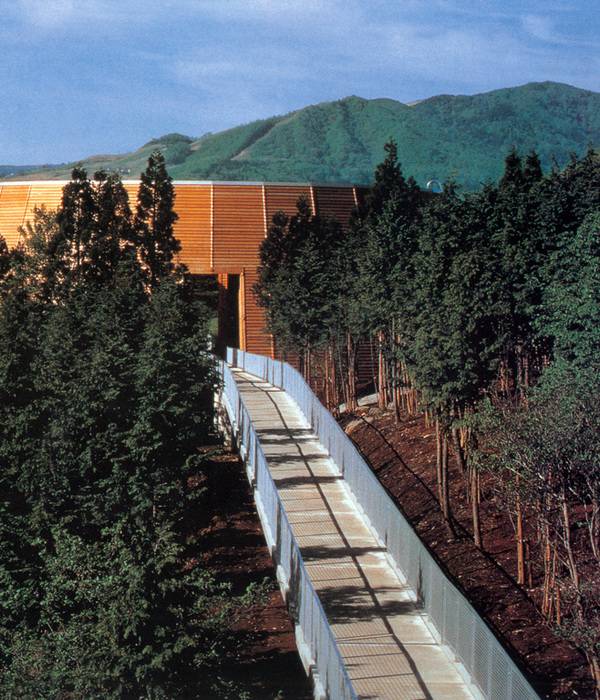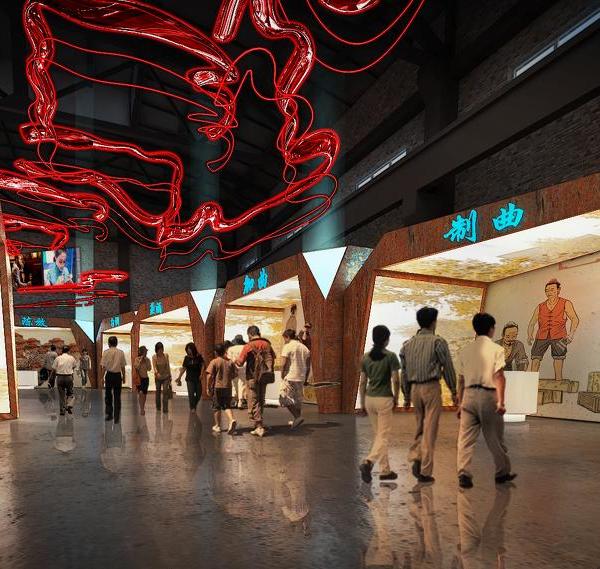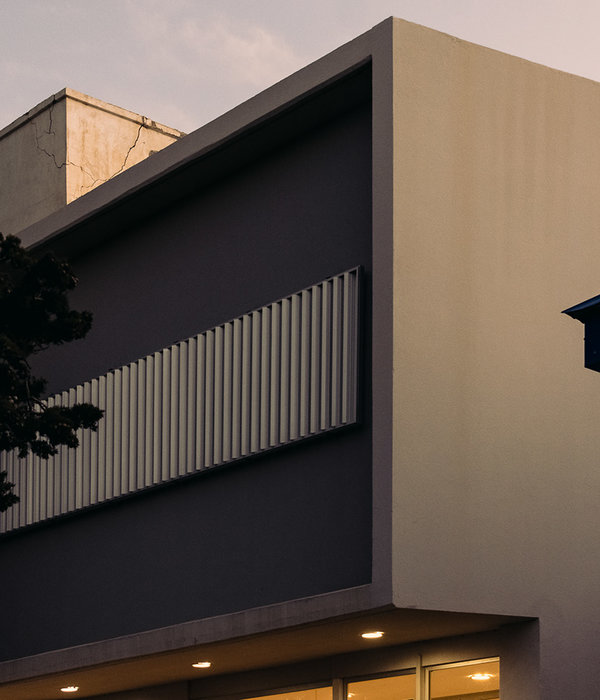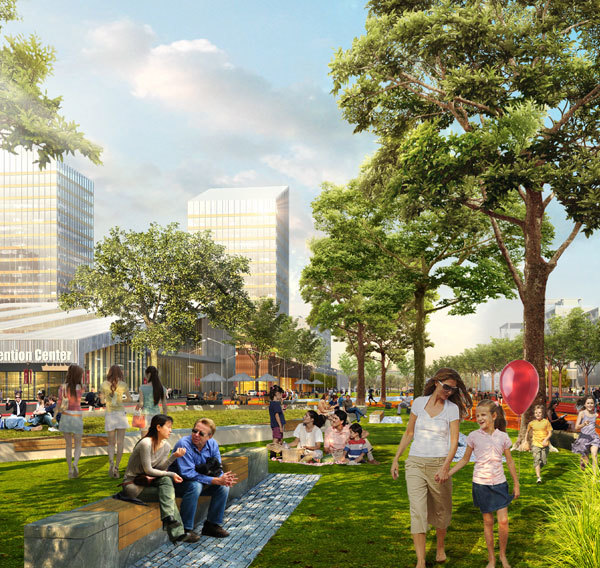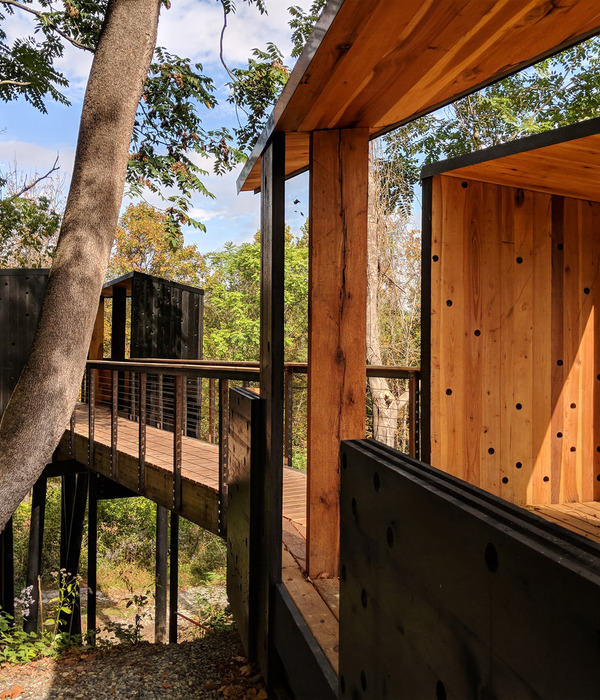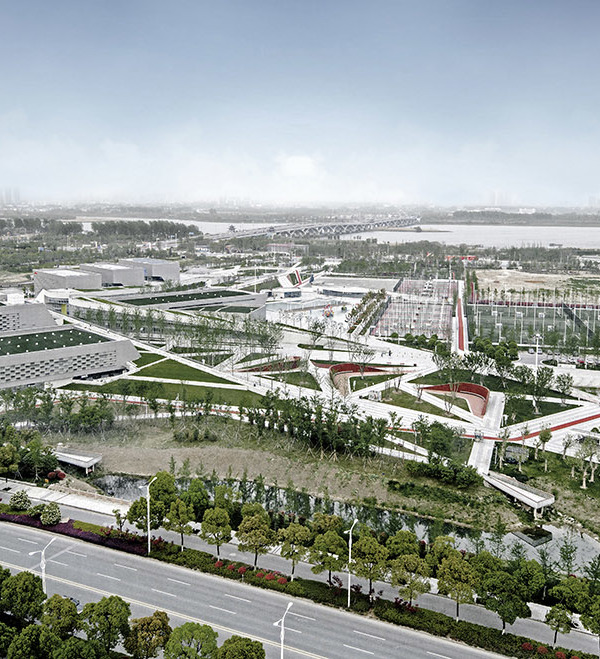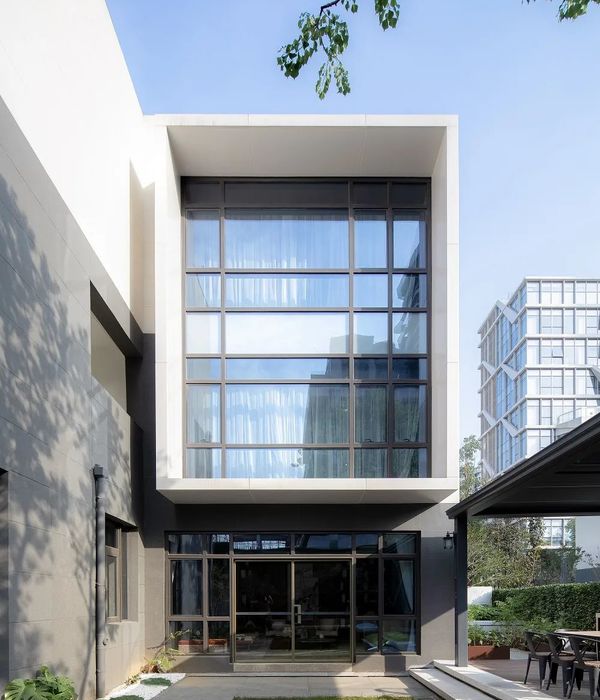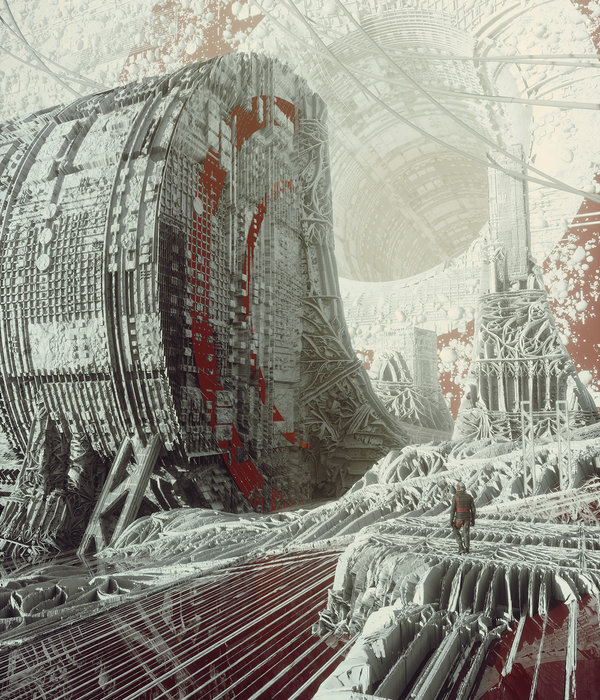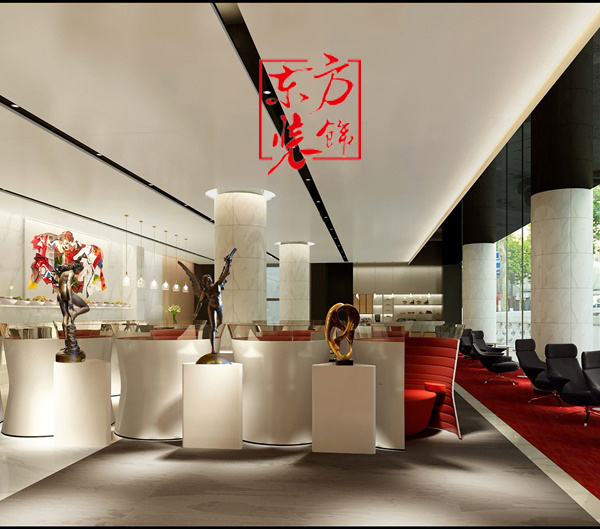Architect:ZJA
Location:Nijmegen, Netherlands; | ;View Map
Project Year:2015
Category:Bridges
Near the city of Nijmegen the river Waal takes a tight turn, which in the past caused flooding at the Lower City’s quays. Honoring the fact that climate change will increase the water volumes in the river, the plan ‘Make Room for the Waal’, a subproject of Room for the River, projected a major intervention near Nijmegen.
Beyond the northern abutment of the Waalbridge, at the Lent side, an extra channel was dug out called the Spiegelwaal, adding more capacity to the river. This resulted in the island of Veur-Lent being created while the banks of the Spiegelwaal were transformed into a unique recreation area along the river with plenty of space for plants, animals and visitors. A significant quality improvement for the city.
The famous bridge across the Waal with its stately steel arch had to be extended to achieve the leap over the new Spiegelwaal. This new bridge had to merge with the landscape and offer a fitting addition to the monumental bridge.
The design that the architectural office ZJA developed started with the assumption that the requirements for the new bridge were the exact mirror image of the requirements for the existing bridge. Not a bridge built to bring people and their goods across the river, up and over the water, but a bridge that was built to create room under the main road for streaming water. The design guided the attention not in a vertical direction, but rather towards the river with its external appearance refering to the shaping force of streaming water. Imagine the flow of the gullies along the beach, of worn-down rocks or smooth pebbles in a stream.
The four spans that were required have the shape of an arch, referring to the curved steel beams of the old Waalbrug, but on a smaller scale, more befitting the intimate environment created along the banks of the Spiegelwaal. The columns have a shape that is the result of the logical combination of the forces involved in the span of a bridge and the pattern that streaming water follows in a channel around a column. This shape was found using models, at first created from rubber membranes and later steel wire, which was subsequently transformed into a computer-generated parametric design that was necessary to translate the design to the large scale of the actual columns. Producing the wooden formwork and casting the concrete was quite a feat. Sheet by sheet the shape of the double curved columns was translated into a multiplex mold. The twenty thousand cubic meters of concrete was cast on location, in the sandy plain dug out for the river.
From afar the Extended Waalbridge already offers an intriguing sight but walking along the banks of the Spiegelwaal the beauty of its flowing lines and the reflection of the light in the water against the receding volumes is outright stunning. It is as if the flowing river itself sculpted the columns. And notice a detail in the concrete, right where column and deck meet. As if the column is an arm that applies force and therefor shows a dimple. Concrete can take subtle shapes as well.
The newly created island Veur-Lent will be developed to become a new and lively part of the city. ZJA’s design for the Extended Waal bridge includes the large abutment on the island, where the new and existing bridges meet. It is a large structure with big potential to be used for public functions, shops and businesses. The facade is one in red bricks to anticipate the merging with the future urban development. Part of its facade is already fitted with glass shopfronts. Quite naturally a rowing club has found its home in the abutment, far from the busy shipping routes and with plenty of storage room for its boats.
The new island is not just inviting to people. This new landscape has to be shared with bank swallows for example. In the bridge’s deck a ledge has been cut away to create a safe environment for the birds to build their nests out of clay. Here along the abutment wooden boxes and openings in the cavity walls provide shelter to bats. The Extended Waal bridge, by its shape and functional design, creates an organic interweave of river, nature and urban life along the new landscape of the Spiegelwaal.
Architect: ZJA
Client: Municipality Nijmegen
Principal: Consortium i-Lent (Dura Vermeer en Ploegam)
Consultant: Witteveen+Bos
▼项目更多图片
{{item.text_origin}}


